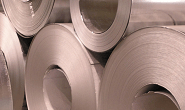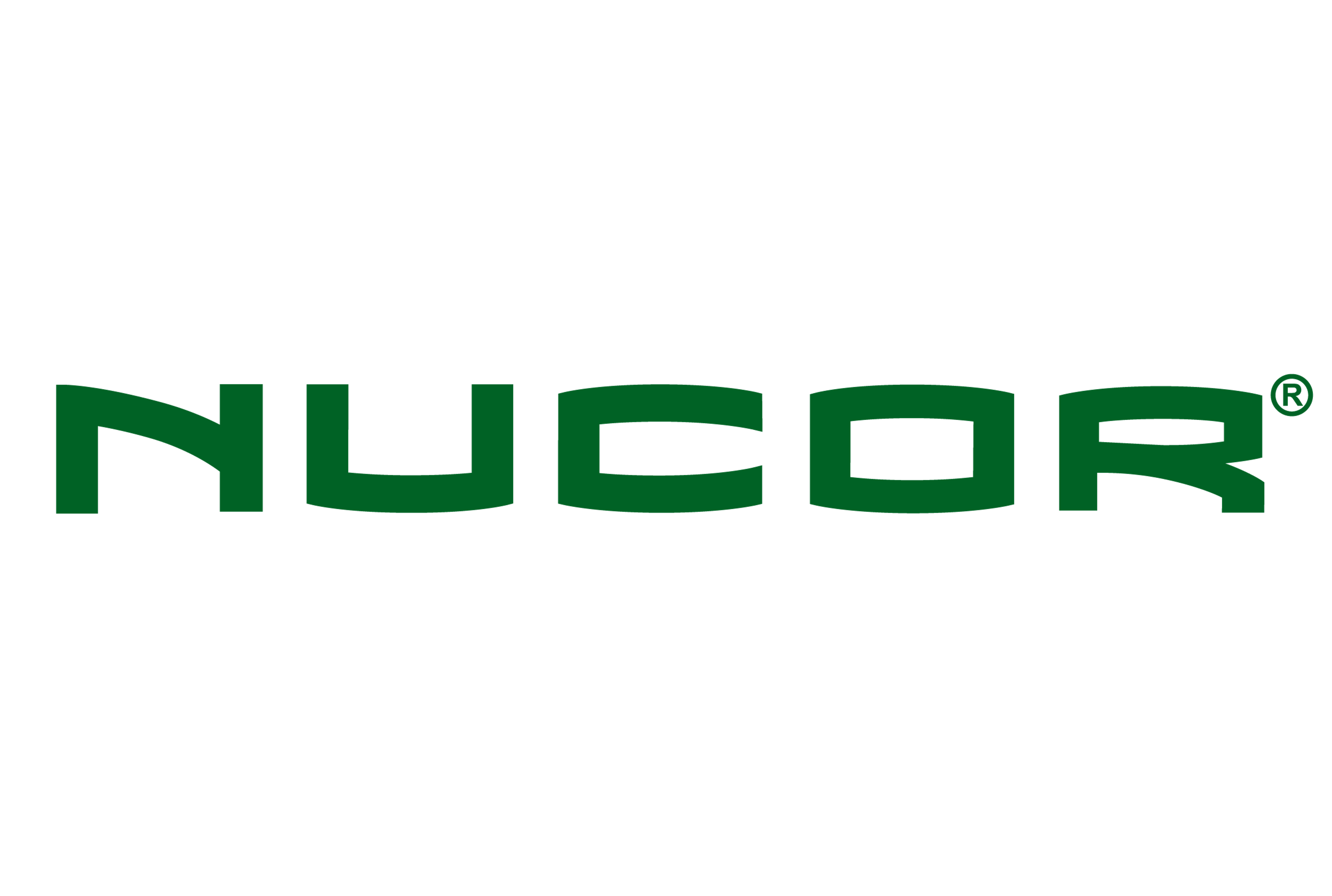Market Segment

November 20, 2022
Steel Will Roll Into '23 Strong: SMA, AISI
Written by Becca Moczygemba
As this year winds down, many have 2023 business on their minds. Reports of waning demand have contributed to pessimism among buyers.
But the domestic steel industry has reason for optimism heading into the New Year, according to the top executives at steel’s two leading trade associations.
Steel Market Update spoke with Phil Bell, president of the Steel Manufacturers Association (SMA), and Kevin Dempsey, president and CEO of the American Iron and Steel Institute (AISI), to see where things stand.
![]() “I’m proud of the domestic industry. It’s transitioned through many challenges, but producers have proven that they can thrive in any political or social environment,” said Bell.
“I’m proud of the domestic industry. It’s transitioned through many challenges, but producers have proven that they can thrive in any political or social environment,” said Bell.
EAF mills have a lot to focus on in the coming years. Chief among them are new capacity, modernization, and decarbonization. But it’s important to remember that new capacity isn’t a bad thing.
“It isn’t about simply producing more steel. When the mills are modernizing and adding capacity, they’re replacing inefficient capacity and imports,” Bell noted.
Another accomplishment: EAF mills are using 50% less pig iron than they were prior to Russia’s invasion of Ukraine in February. Necessity is the mother of invention, and the entrepreneurial spirit of EAF mills played a big role in their success in making such a big change quickly, he said.
Earlier this week we reported that raw steel utilization and output are at the lowest levels they’ve been in nearly two years. Steel sheet prices have been falling, leaving many industry professionals wondering where the floor is. You might have read this week’s market chatter. Some think we’ve reached the bottom. But others think we’ll see sub-$600 per ton (sub-$30 per cwt) prices.
Is new capacity partly responsible for this trend? SMA doesn’t think so. Nor does AISI.
There will be enough demand to go around thanks in part to the Infrastructure Investment and Jobs Act, Dempsey said.
Recall that the infrastructure law was signed into law last year by President Biden. Its impact is expected to be felt by steel in a more significant way in 2023.
“We continue to have a very dynamic steel industry here in the United States. There’s a lot of new demand that the new capacity can meet. It’s the result of the amount of progress we’ve made in the last few years,” Dempsey said.
“It shows the strength of our industry. We’re constantly investing in new capacity, and that’s kept us very competitive,” he added.
Dempsey suggested the culprit was offshore steel rather than new capacity.
“The biggest challenge is not a domestic one. It’s a foreign one. We have unfortunately seen a continued increase in imports,” he said. “That just highlights the importance of continued strong trade enforcement. Because the biggest threat to our industry is the dumping of more cheap, dirty steel from abroad.”
By Becca Moczygemba, Becca@SteelMarketUpdate.com







